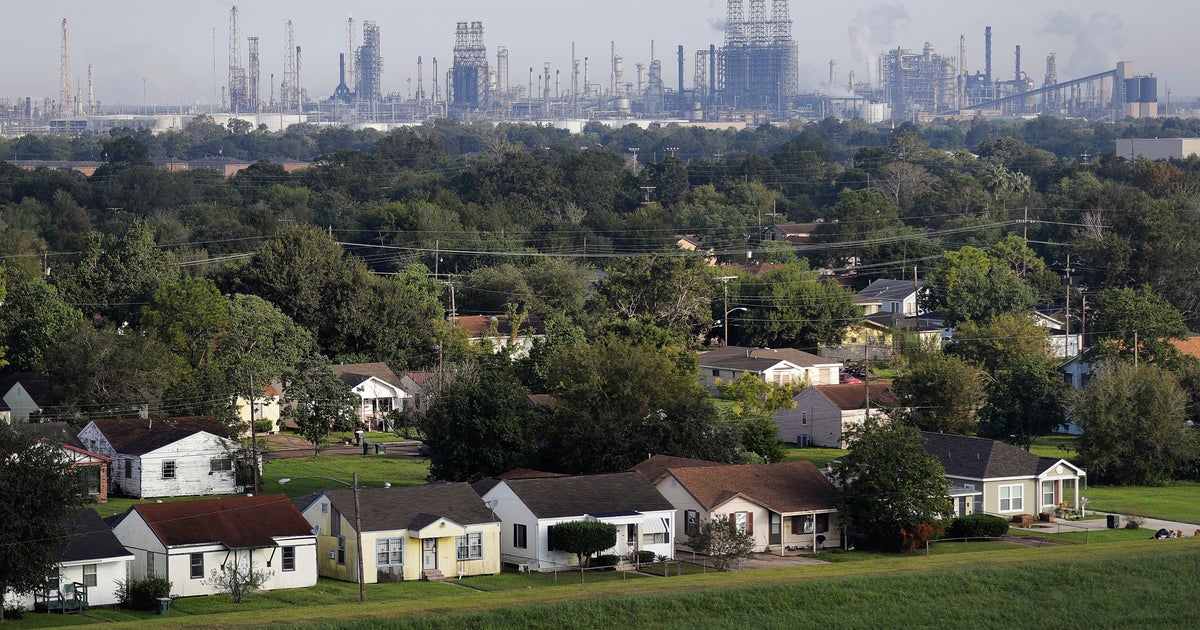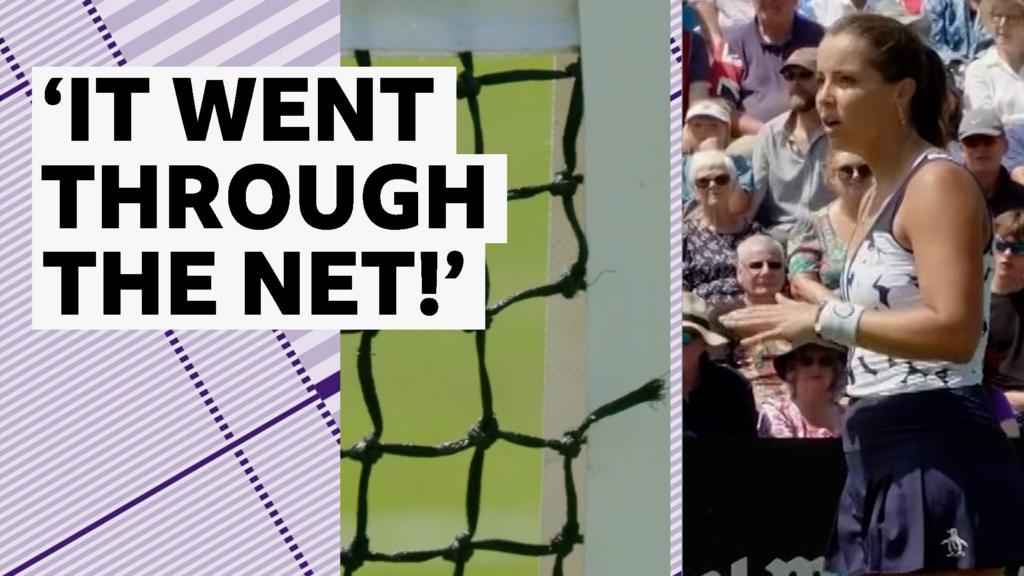This story is part of the WHYY News Climate Desk, bringing you news and solutions for our changing region.
From the Poconos to the Jersey Shore to the mouth of the Delaware Bay, what do you want to know about climate change? What would you like us to cover? Get in touch.
Philadelphia faces increasing flood risk, as climate change drives more intense rain, stronger storms and rising seas.
Neighborhood groups, nonprofits and the city government are working to address the issue.
Representatives from the city’s Office of Sustainability, the US Water Alliance and the grassroots nonprofit Germantown Residents for Economic Alternatives Together discussed their approaches at the Academy of Natural Sciences of Drexel University on Wednesday, during a panel moderated by WHYY’s Maiken Scott. Here are three takeaways.
‘Infrastructure flooding’ can be deadly, but often flies under the radar
Philadelphia experiences “almost all kinds of flooding,” said Abby Sullivan, chief resilience officer in the city’s Office of Sustainability. These include riverine flooding, caused by rivers overflowing their banks during rainstorms, and coastal flooding, caused by high tides, sea level rise or storm surge.
A third type of flood risk — known as urban or infrastructure flooding — is often hard for people to wrap their heads around, Sullivan said. It’s caused by rainfall running off hard surfaces such as buildings and concrete sidewalks, pooling in low-lying areas, overwhelming drainage systems and bubbling up through pipes and storm drains.
Infrastructure flooding is a big issue in Philly’s Germantown section. The historic Wingohocking Creek, which the city enclosed in a sewer pipe during the late 19th and early 20th centuries, as well as a high water table, contribute to the neighborhood’s flood risk. Now, water frequently backs up into residents’ basements and pools in low-lying intersections.
In 2011, a woman died after a flash flood in Germantown trapped her in her car.
“That was my first introduction to the very serious nature of flooding in our neighborhood,” said Marie-Monique Marthol, an 18-year resident of Germantown who now works on solutions to flooding through Germantown Residents for Economic Alternatives Together.
Another reason infrastructure flooding can fly under the radar is that it’s not included in FEMA flood maps. This means Germantown residents are not required to purchase flood insurance, and may not be aware of their flood risk.
“You would move into Germantown and not think, ‘Oh, this is a high-risk area for flooding,” Marthol said. “But it certainly is.”
Some solutions take a long time — but residents need fixes now
The city is working on addressing the rising flood risk that climate change brings, but many solutions are in the early planning stages, Sullivan said.
Potential solutions include big infrastructure projects, such as a levee proposed for the city’s flood-prone Eastwick section, and a 5-mile tunnel the Philadelphia Water Department is looking into potentially building beneath Germantown to alleviate flooding. But these types of projects are not quick fixes, said Maura Jarvis, a program manager with the US Water Alliance.
“Those things will take years. They will take decades, even — and lots of planning,” said Jarvis, who previously worked for the Philadelphia Water Department. “In that time, there are still people that are looking at us and saying, … ‘What are we doing about the flooding right now?’”
For years, the city’s water department has been installing green stormwater management projects that absorb rainwater and improve water quality. It also has plans to upgrade some of its water and sewer infrastructure, in part to account for climate change.
The city is also working on joining a FEMA program that provides flood insurance discounts to residents and launching a property-level flood safety program that would help residents protect their homes from flooding, Sullivan said.
Policies to limit development in areas at high risk of flooding should be part of the solution, Sullivan said. She’d also like to see flood resilience integrated into home repair programs and new programs that would address poverty to help households adapt — for example, universal basic income or reparations.
When working on solutions, it’s crucial that the city listen to and build trust with communities that have been harmed by historic government policies and neglect, Sullivan and Jarvis said.
Gentrification and development in Germantown are exacerbating the flooding problem by increasing the amount of impervious surface, Marthol said. Solutions should include policies that mitigate this, she said.
“We have very few green spaces and open spaces, and they’re increasingly being built upon,” she said.
In the meantime, Germantown residents have come up with their own short-term solutions, Marthol said. These include using cinder blocks to elevate storage containers in basements.
Germantown residents can also sign up for a city water department program that provides free sewer pipe valves that help prevent backups into basements.
Neighbors helping neighbors
A big part of the solution to climate-driven flooding is connected communities, Jarvis said. Philadelphians should get to know their neighbors, exchange phone numbers and make a plan for how they can help each other during emergencies.
“Just remembering the strength of community,” she said.
Germantown Residents for Economic Alternatives Together has started doing this block-by-block work, Marthol said. It includes learning about neighbors’ particular needs — for example, mobility issues that could make evacuating difficult or a need for electricity to run an oxygen concentrator.
“Do we need to create teams to help get people out of their homes who can’t get out on their own?” she said.
It’s important for communities to design their own hyperlocal solutions that fill in the gaps left by the city, state or federal government, Marthol said — and build their political power.
“Talking about how we save ourselves is very key,” she said. “How we organize our power, how we affect electoral politics, how we make small changes.”
“Neighbors, everyday citizens, everyone has something to contribute to solutions,” Marthol added. “We see lots of examples of communities not being saved by these various levels of government agencies — and ultimately having to turn to one another.”
WHYY is your source for fact-based, in-depth journalism and information. As a nonprofit organization, we rely on financial support from readers like you. Please give today.




.jpeg)



 English (US) ·
English (US) ·